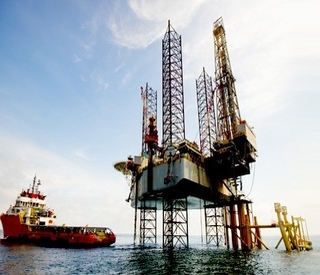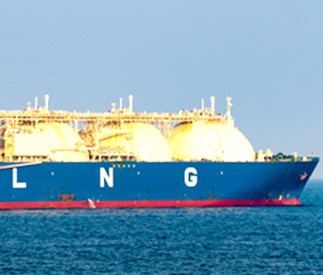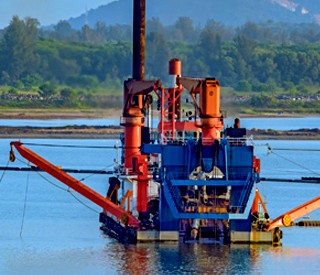In an era where global energy demands are growing and hydrocarbon supply shortages persist, maximizing the longevity of Floating Production Storage and Offloading (FPSO) units has become essential. Constructing new FPSO units or converting existing assets can be time-intensive and costly, making life extension a more viable solution. As a significant portion of FPSOs are aging — with 25% over 40 years old and 70% over 20 years old — the industry is increasingly focused on extending the operational life of these offshore oil and gas-producing assets.
At Vedam, we understand the strategic importance of extending the lifespan of FPSOs, ensuring they continue to operate safely and efficiently beyond their original design life. This process involves comprehensive fatigue design assessments, where the structural integrity of aging assets is evaluated and necessary modifications are identified to ensure safe, continued use in site-specific conditions. Our recent project involved conducting a Fatigue Design Assessment on an FPSO initially designed for a 15-year operational life, which has been in operation since 2008.
Why FPSO Life Extension Matters
FPSOs play a pivotal role in offshore oil and gas production. Extending their operational life delays costly replacements and ensures that critical infrastructure remains functional and efficient. They were initially designed with a 20-year structural life, often required to continue operations in harsh offshore environments well beyond that timeframe. A thorough life extension assessment is necessary to facilitate this, factoring in the cumulative damage caused by years of exposure to wave loads, environmental pressures, and operational stresses.
Vedam’s Approach to FPSO Life Extension: A Case Study
Following the Lloyd's Register Guidance Notes for Life Extension of Floating Offshore Installations at a Fixed Location (March 2023), Vedam conducted a fatigue design assessment on an FPSO to extend its operational life by seven years. The project involved two key fatigue assessment methodologies:
-
Simplified Spectral Fatigue Procedure (LR ShipRight FDA Level 2)
This initial assessment focused on longitudinal end connections in the FPSO's cargo region. By identifying critical locations early in the inspection planning phase, this method allows for the prioritization of inspection sequences in the tanks. The goal is to ensure that the most critical areas, where fatigue is most likely to occur, receive prompt attention. -
Full Spectral Direct Calculation Procedure (Level 3 Fatigue Assessment)
For a more comprehensive assessment, this method incorporates wave loads derived from hydrodynamic analysis directly into the Finite Element (FE) model. The process accounts for various forces, including external pressure, liquid tank pressure, inertia loads, and section loads. Short-term fatigue damage is calculated for each sea state, and these damages are cumulatively analyzed to determine the total damage over time. This comprehensive analysis allowed us to pinpoint critical connections that require structural modifications or strengthening.
Key Findings and Outcomes
The fatigue design assessment revealed several critical locations where structural modifications were necessary to meet safety and performance standards for the extended operational life. The proposed modifications were designed to:
- Ensure the extension of the Remaining Fatigue Life (RFL) met or exceeded the required safety criteria.
- Strengthen critical connections to withstand additional years of operation in harsh marine environments.
- Mitigate the risk of fatigue failure, ensuring operational safety and continuity.
The Value of Expertise in Fatigue Design
By combining cutting-edge spectral fatigue assessment methods and deep expertise in offshore engineering, Vedam ensured that the FPSO unit could continue operating safely and efficiently beyond its initial design life. This approach offers substantial economic benefits, deferring the need for new assets while ensuring continued production with minimal downtime.
As the industry faces mounting pressures from both environmental factors and growing energy demands, FPSO life extension projects will play a critical role in maintaining a stable and sustainable hydrocarbon supply. Vedam remains at the forefront of these efforts, providing expert engineering solutions that prioritize safety, efficiency, and sustainability.
Looking Ahead
With the demand for life extension projects expected to rise in the coming decades, Vedam is committed to delivering high-quality assessments and modifications that help our clients meet the evolving challenges of the offshore oil and gas industry. Our approach combines advanced technical expertise with a strong focus on sustainability, ensuring that aging assets can continue to perform efficiently while minimizing environmental impact.
If you want to extend your FPSO’s life or need expert advice on fatigue design assessment, connect with Vedam for customized, site-specific solutions that deliver long-term value.
Contact Us:
Website: www.vedamdesign.com | Email: vedam@vedamdesign.com |

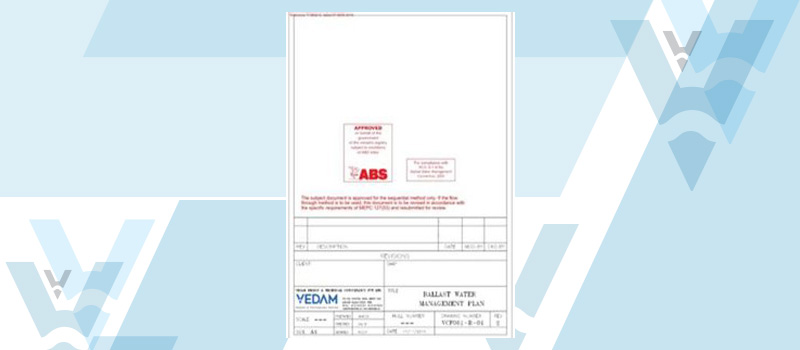
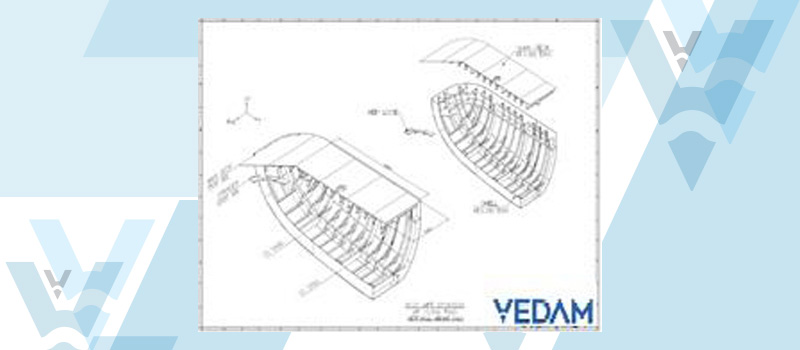

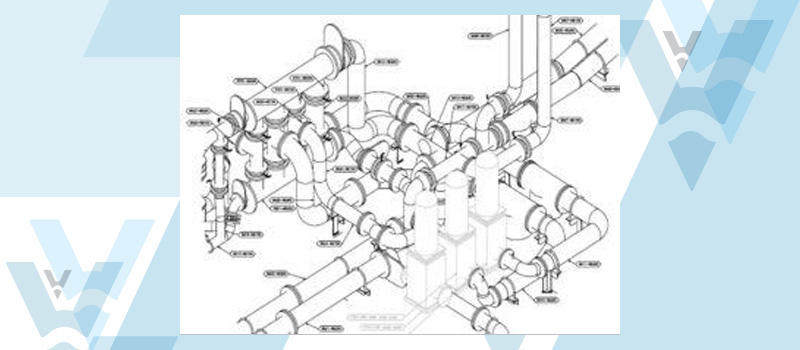
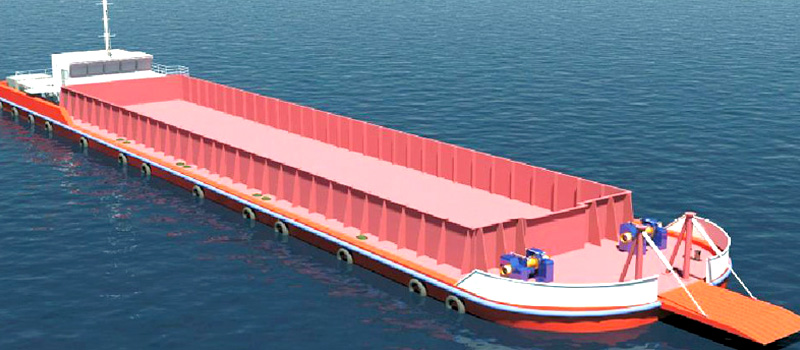

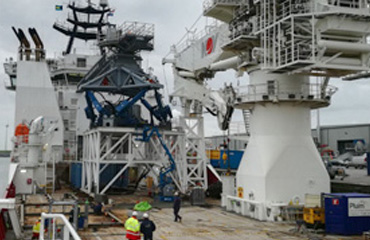
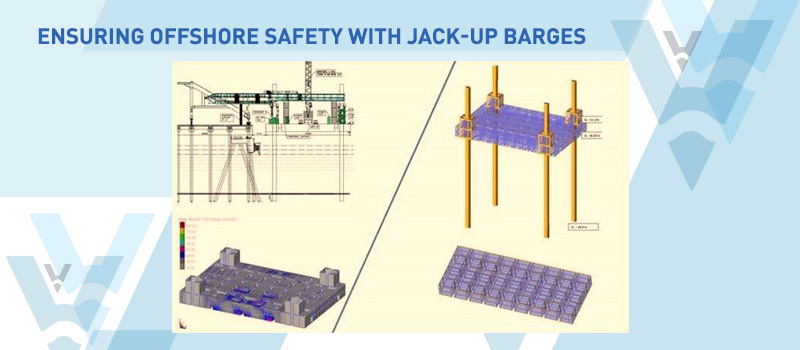
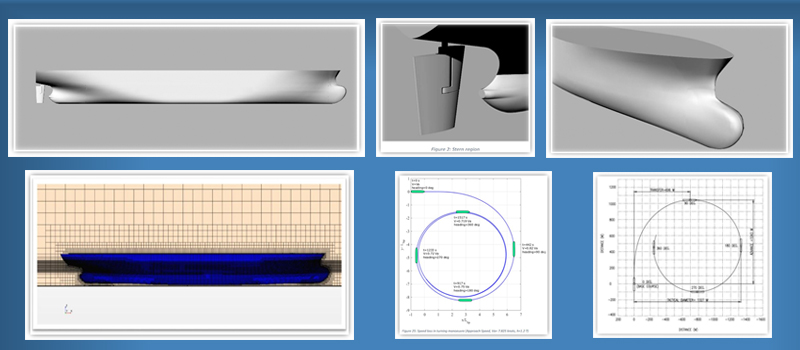
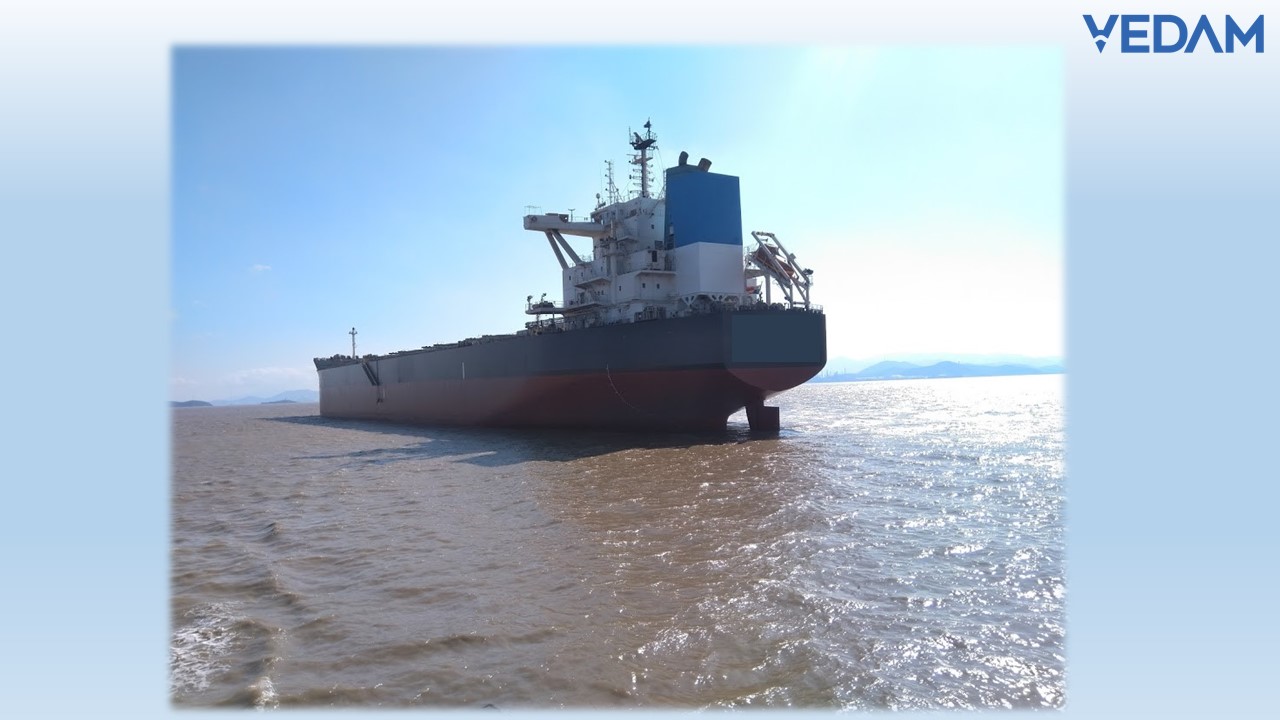
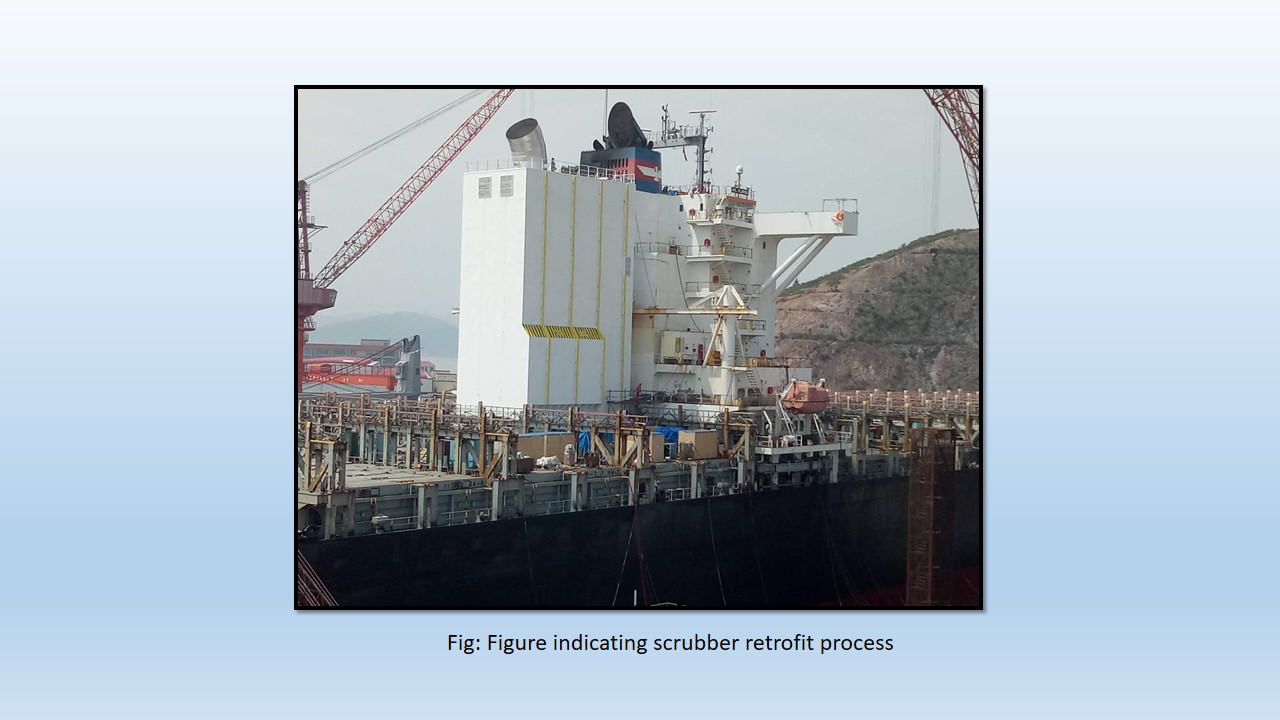

.png)
.png)
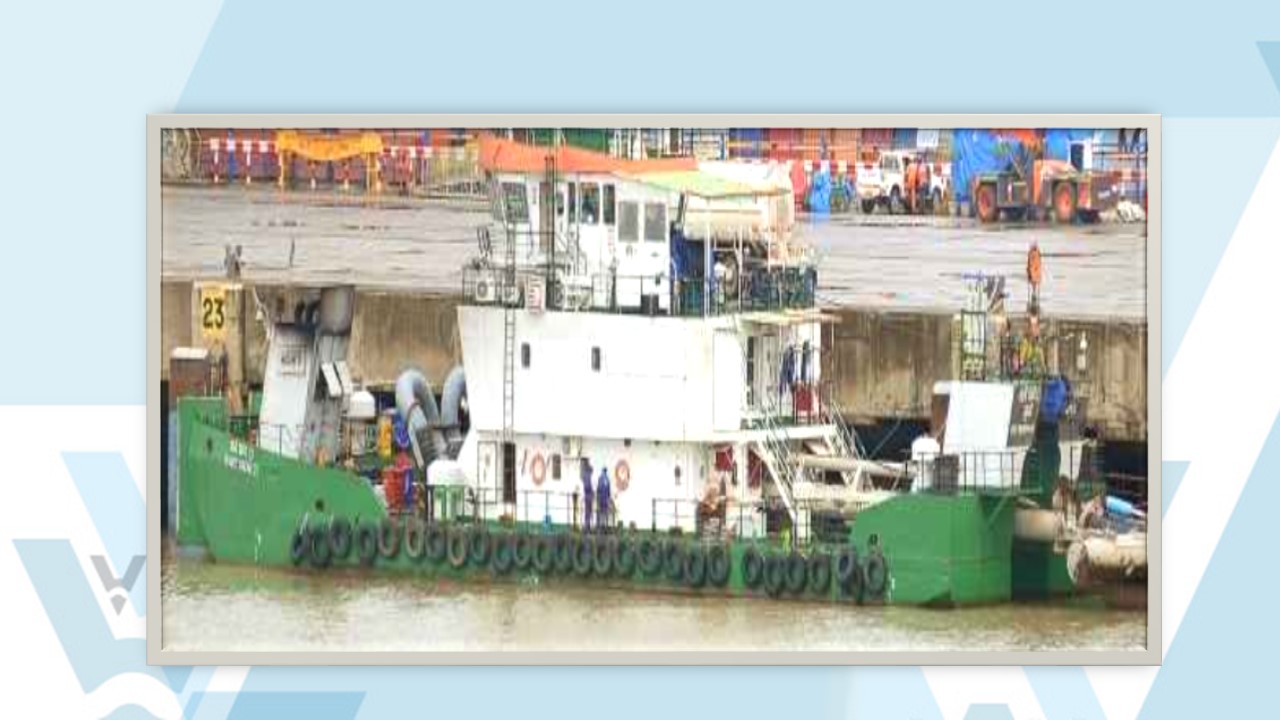
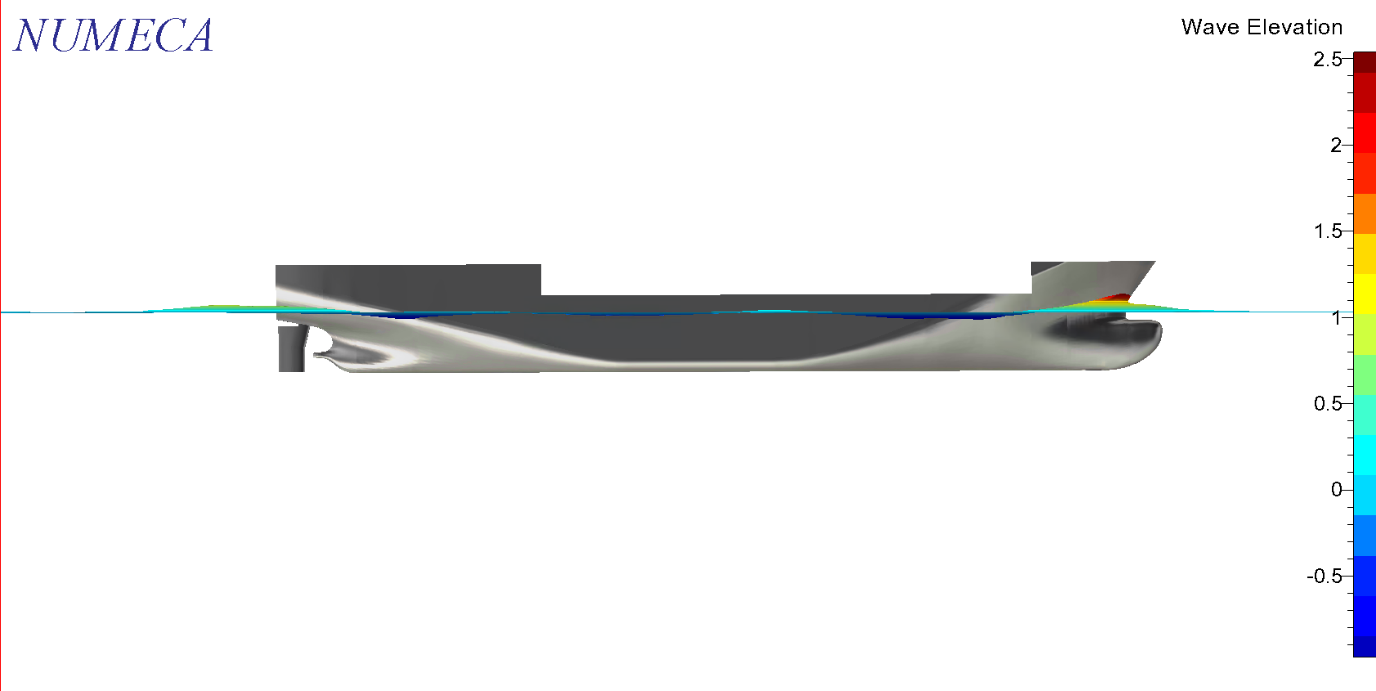





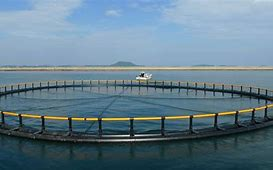
.png)
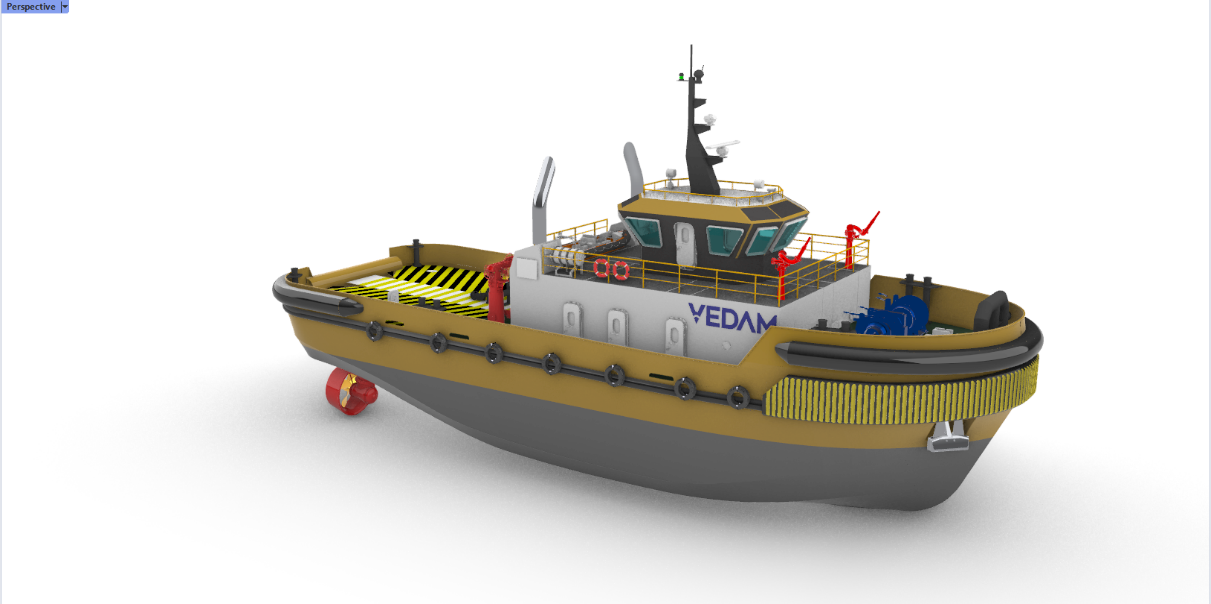
.png)
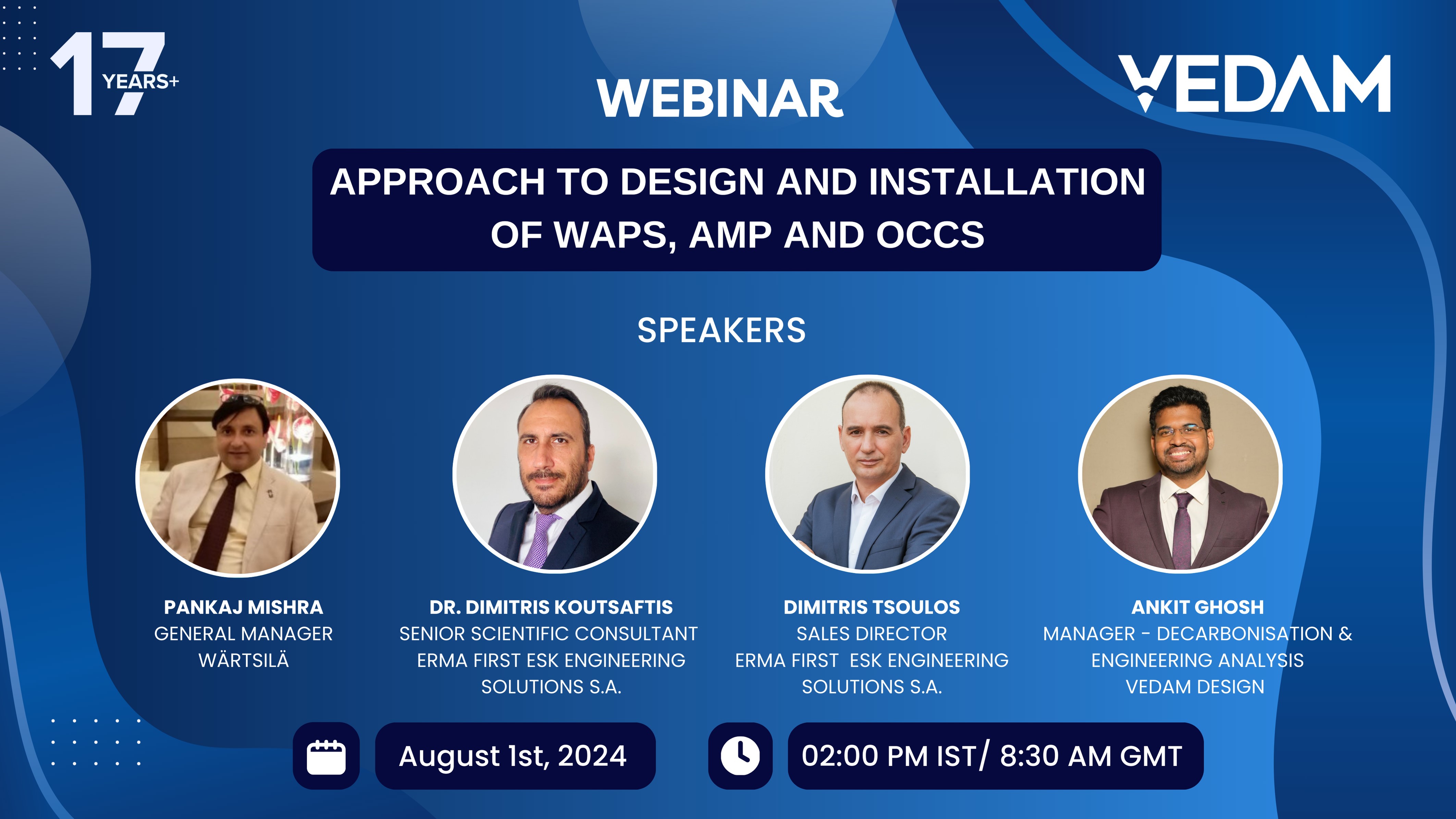
.jpg)

.jpg)
